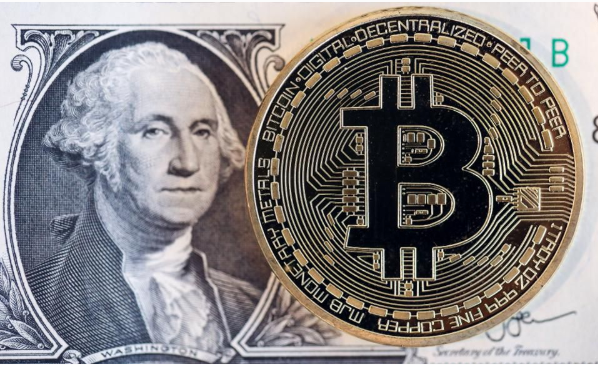Polymath CPO: Security Tokens Are Even Better Than You Think
As Originally Published on cryptobriefing.com
It’s not just a digital version of paper equity.
But according to Thomas Borrel, Polymath’s (POLY) Chief Product Officer, tokenizing paper equity may miss the point. To the contrary, he says, security tokens have far more potential for the global financial sphere than the most bullish investors realize.
“Paper equity tokenization doesn’t really add anything,” Borrel told an audience at Blockchain Expo, in London today. In his opinion, all that does is needlessly obfuscate a system that the vast majority of investors know and are familiar with.
“Trying to tokenize equity makes it more complicated for investors,” Borrel explained to Crypto Briefing afterwards. “They can buy the exact same asset through their normal channels, and holders won’t be able to realize any of the benefits tokenization offers.”
The Polymath network is designed for security tokens. Projects can launch an STO on their platform, and issue equity, in the form of regulatory compliant ST-20 tokens.
Following the success of the tZero STO in August, there has been a significant increase in the number of STOs coming to market.
Polymath, which launched last August with five STOs, has seen a significant upswing in the number of projects using their platform for their token sales. According to Borrel, there are now more than 116 security tokens available on the Polymath network.
What are security tokens good for?
For Borrel, the key point is that tokenization can solve legacy problems as well as create new value. “The greatest amount of success is where companies deliver something which could not have been delivered before,” he said.
One such example includes overhauling vesting schedules. Rather than employees receiving stock options every quarter, or once every year, security tokens allow companies to pay the equivalent amount paid on a daily basis.
This prevents employees who are likely to quit from “coasting” to the next vesting date before handing in their notice. Plus, “every day they become more bought into the organization,” Borrel says, which acts as a better incentivize for them to stay.
A vesting schedule which pays out daily would be prohibitively expensive in existing systems. Using blockchain tokens, with minimal transaction fees, this becomes more feasible.
As regulators begin to provide legal frameworks for digital assets, more established players will begin to experiment with security tokens and develop clear use-cases for the technology.
This might come sooner rather than later, according to Borrel. “What’s absolutely fascinating is the speed of the industry and the speed of regulators too,” he said. “We know how security tokens fit into regulation”.
As more securities move to the blockchain, Borrel said, people will finally understand what security tokens are all about.

